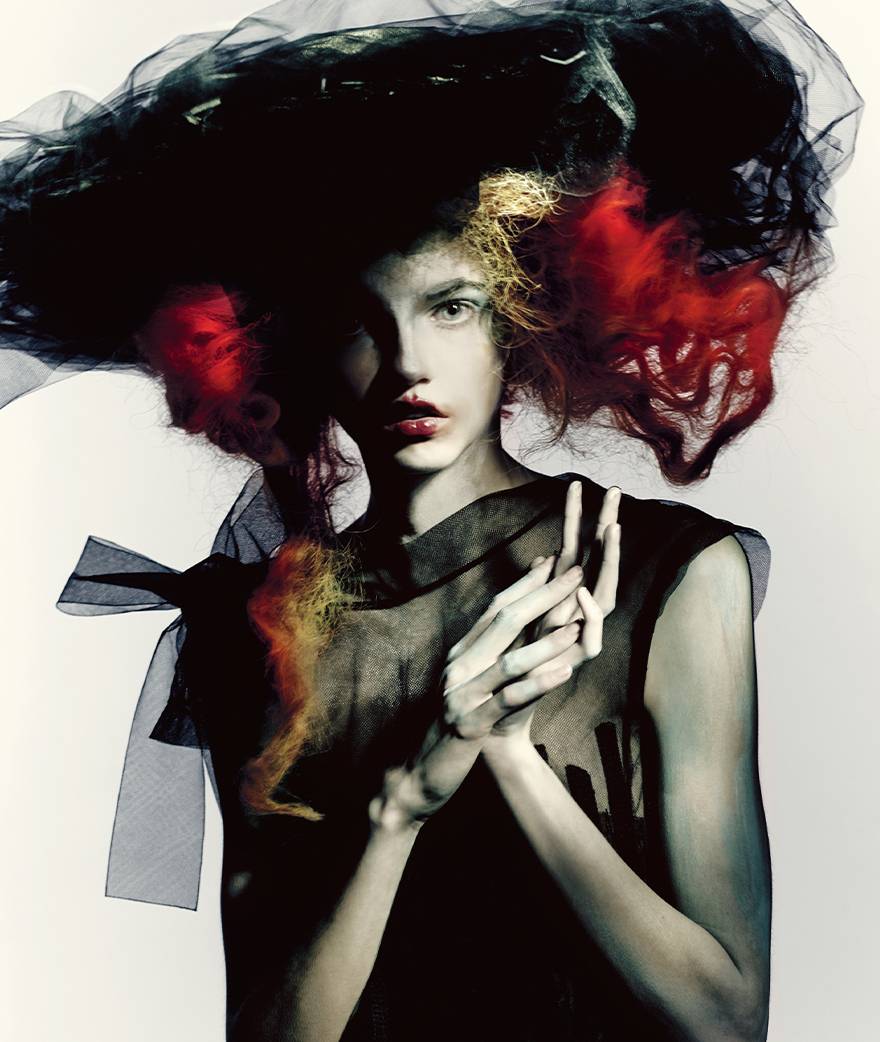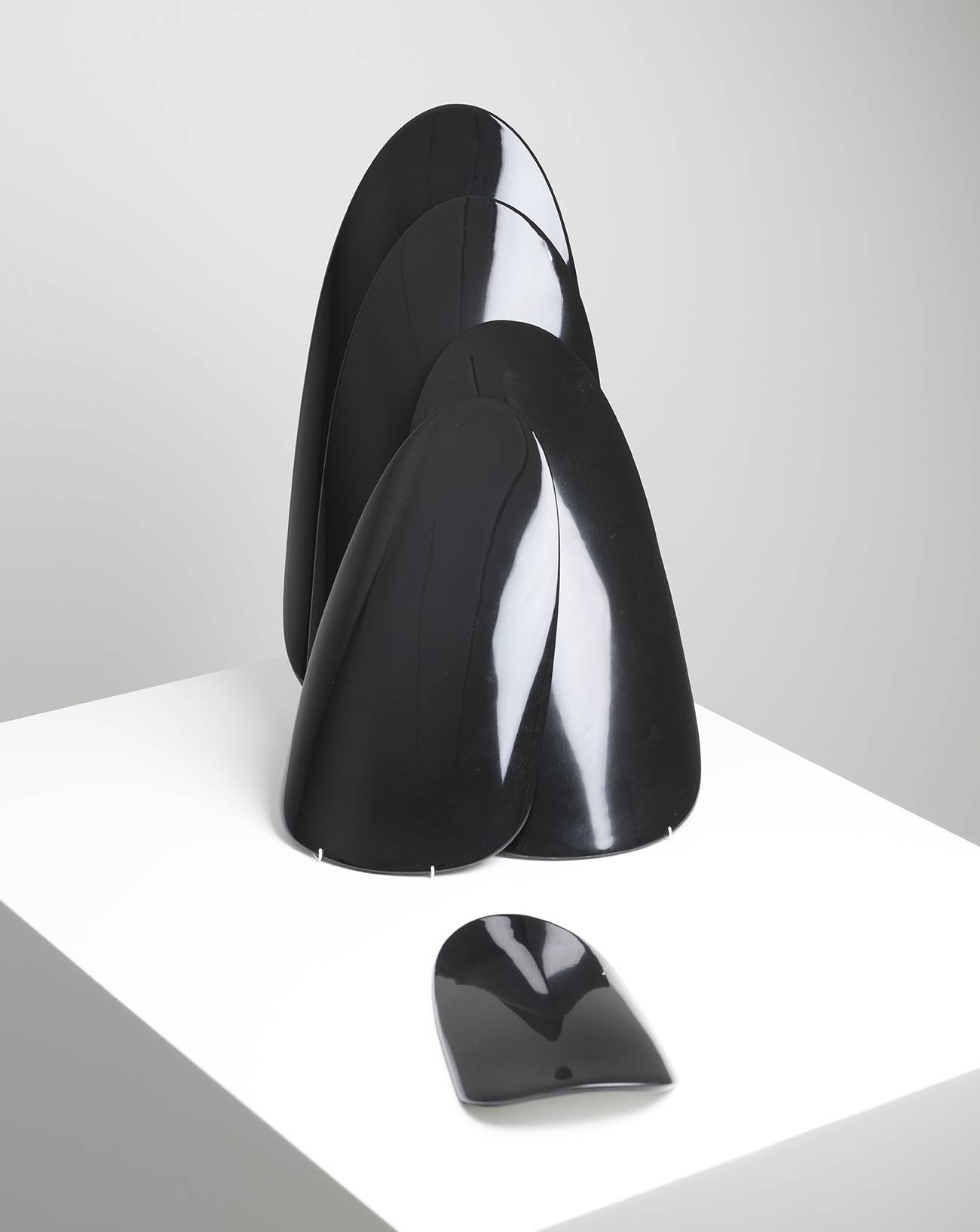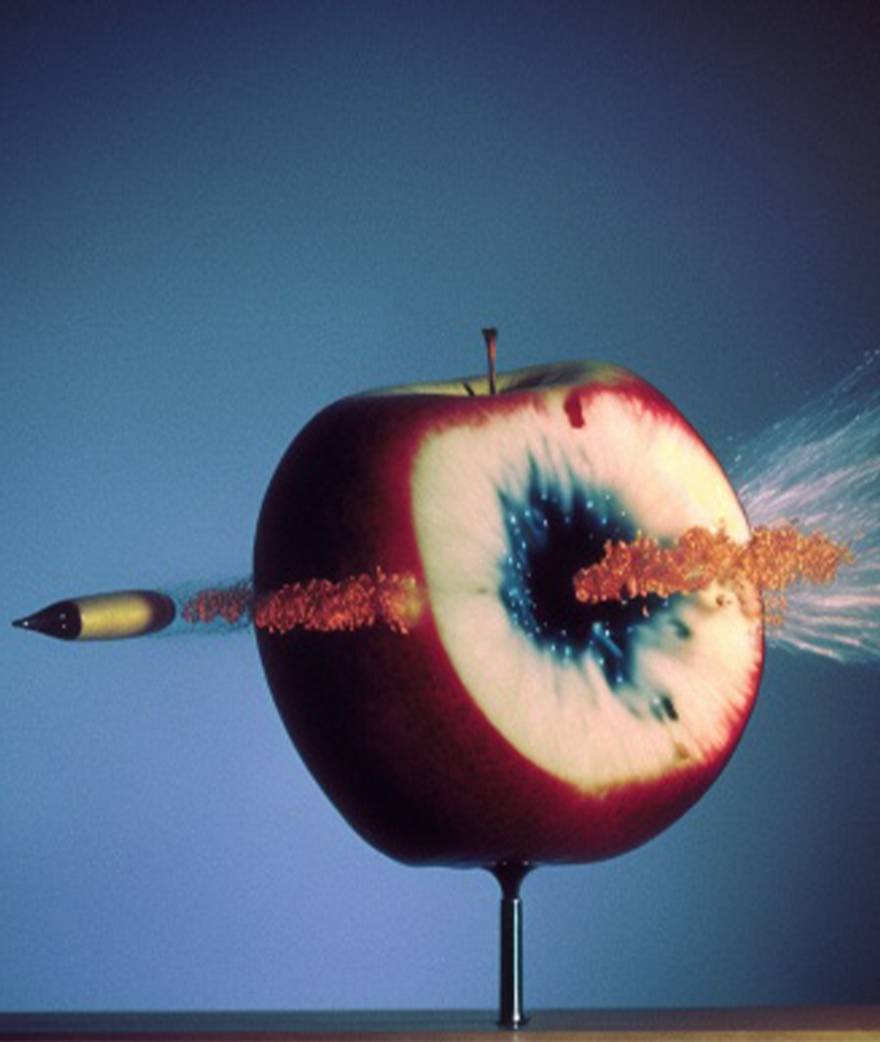© Simone Leigh. Courtesy the artist and Matthew Marks Gallery. Photo credit: Shaniqwa Jarvis
The decision was highly symbolic. On 18th October 2021, New York City approved the removal of the statue of the third president of the United States, Thomas Jefferson, which had been standing in City Hall for over a century. Condemned for advocating slavery, the sculpture is not the only one to have been fallen from its pedestal in the last two years: from that of Confederate General Robert E. Lee in Richmond to that of the eighteenth US President Ulysses Grant in San Francisco, several American public monuments have been unbolted by demonstrators protesting against centuries of discrimination against people of colour in the wake of the racist murder of George Floyd. As these debates rage in the United States and around the world, a bronze custodian standing nearly five metres tall dominates Manhattan's Tenth Avenue. A colossal head wearing an afro and framed by two long braids, a dignified face with smoothed-over eyes, mounted on a bulging body that resembles a crinoline dress... this sculpture, installed in June 2019 between the New York skyscrapers, and predating the anti-racist demonstrations of 2020, has since looked like a response to the stormy situation and to the numerous statues of white men that dominate the urban space. Its author? The artist Simone Leigh, whose work has had the same objective for over twenty-five years: to celebrate the history, role and subjectivity of black women by confronting the viewer with their representation and authority. A commitment that this year has driven the 55-year-old African-American to the Venice Biennale, where she represents her country with a project rooted in her research.


“I often see sculpture as performative.” In 2009, Simone Leigh discussed her spirited approach to materials with Art21 magazine, reviving ancient traditions through her forms and practices. Whether she is producing an empty cylinder from a glazed ceramic head to transform it into a vase, or adding a handle to the bronze skirt of a sculpted human-sized woman, the artist belongs to the great history of the decorative arts and of the representation of the body, spanning centuries and continents. Breaking down the boundaries between decorative and fine arts allows her to simultaneously question the value of the object and, from a resolutely feminist perspective, the fetishization of the female body –particularly of the black body. With great care, the artist translates into materials the features that characterise it as much as they stigmatise it, from the kinky hair to the fleshy lips that become, in her hands, powerful attributes. When she dresses her bronze women in skirts made of raffia, a natural fibre widely used in the Congo and Gabon, or when, with the rounded body of her sculpture installed in Manhattan, she imitates the domes of the dwellings built by the Batammariba people of Togo and the Musgum people of Chad, Simone Leigh carries out what she calls a “creolisation of forms”, interweaving cultures in order to bring to the surface a common history beyond borders. The small colony of bronze and ceramic women that the artist is inviting to La Serenissima this spring embodies, in its plurality, a great collective force: that of black women workers who, on a global scale, still often struggle to be respected for their true worth, and to whom the fifty-five-year-old artist intends, in the American pavilion, to restore their dignity.


For beyond the body, which her sculptures help to consider in its singularity, Simone Leigh's work tackles above all the notion of community. In 2014, her name gained unprecedented popularity when she unveiled a real field project in Brooklyn, Free People's Medical Clinic. Inspired by a secret society set up by black nurses during slavery, for one month, the artist converted the former mansion of African-American physician Josephine English into a spa for people of colour, where each visitor could move freely, from a yoga or acupuncture session to music and dance performances.
Performed by black specialists from Brooklyn dressed as they would have been in the 19th century, these relaxing moments took place in a hybrid space, a clinic, exhibition space and welcome centre all at once, whose deliberately anachronistic staging did not prevent concrete action. The invisible glass that separates the artist from the public, the doctor from the patient vanished. If Simone Leigh warns us about how difficult it is for American citizens of colour to have access to free health care, she also offers a civil response that could inspire political decisions. In Venice, alongside her exhibition, the artist will bring together researchers, artists and activists at the Cini Foundation in October to reflect on the place of black women in professional and intellectual worlds. Three days of talks, performances and conferences to debunk the dominant discourses and representations, and to create a well-deserved place for herself at the heart of the art world and its intelligentsia.
Simone Leigh, "Sovereignty," until November 27th at the American Pavilion, Giardini, Venice.
Simone Leigh's works are also displayed in the main Venice Biennale exhibition “The Milk of Dreams” at the Arsenale.













